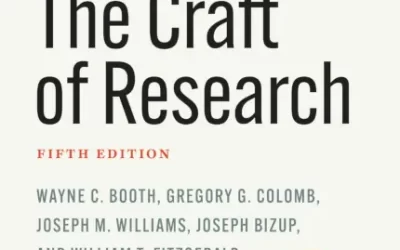The complexity of the peer review process creates many opportunities for avoidable delays. From my experience working with publishers, the cover letter is one of the most frequent offenders when it comes to unnecessary wait times. If contributors understand the purpose of a cover letter, publishers can improve the author experience by streamlining the peer review process as much as possible.
Cover letters may not be fun, but they are often important. They serve as the initial element of correspondence between authors and editors and set a tone for the rest of the publication process. A poorly crafted cover letter won’t do your manuscript any favors. While there are so many standards and guidelines for preparing a manuscript, you’ll be hard-pressed to find guidance for writing an accompanying cover letter. Despite being such an essential piece of the submission process, many writers don’t know where to begin.
All journals and publishers have their own idea of what a cover letter should include, and the first thing a writer should know is what the publisher expects of their submission. In the same way someone prepares for a job interview, the author should take into consideration to whom it is they’re appealing.
Simply addressing a letter, including the title of your manuscript, and signing it is not enough; the most common problem I have encountered is a cover letter that doesn’t answer any of the editor’s questions (which are often outlined in a journal’s Author Guidelines). The standard elements of a solid cover letter are:
- What is the manuscript about?
- Describe the significance of your study.
- Who are you?
- Describe any significant publications, research, experience, or expertise that would enhance our understanding of your manuscript.
- Why of all the manuscripts out there is this one important enough to publish?
- Tell us something we don’t know. List any new or interesting elements present in your manuscript.
- Why us? What is it about our publication history that would make this manuscript appropriate for our readers?
- Cite previous articles that this specific journal has published in the recent past that are similar to the piece you’re submitting. Show that you know the journal’s audience.
Similarly, some honest mistakes to avoid are:
- Skimping on the details: Don’t make us work for the facts. You want the editor to understand your manuscript before they even lay eyes on it.
- Addressing the letter to the wrong place: If you’re sending a previously submitted publication to another journal and you’re recycling your old cover letter, make sure that you edit it and address it to the right publication.
- Not disclosing conflicts of interest: Be transparent about anything that would keep a journal from publishing your paper, such as similar submissions to other journals or financial interests that would conflict with ethical guidelines. It’s best that you be upfront about these concerns before an editorial staff must resort to digging.
A good cover letter can make the manuscript submission process as quick and painless as possible. Remember: happy is the editor who doesn’t have to ask too many questions.




